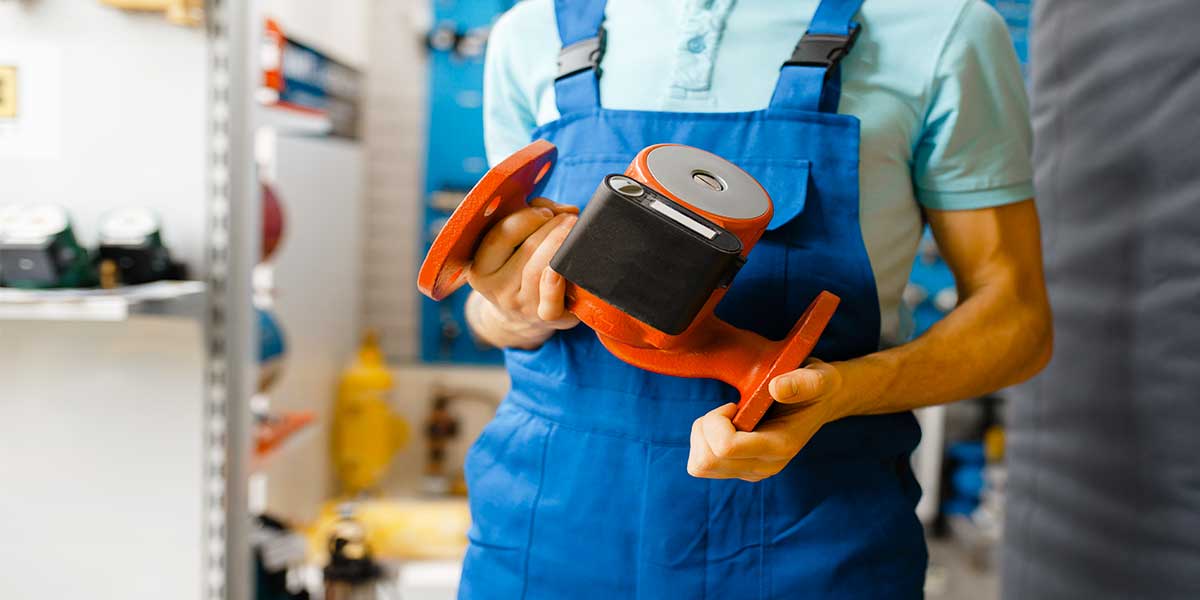Servo pumps represent the future of pumping systems, thanks to advantages such as energy saving.
I pumping systems have, among the main problems, the need for a lot of energy to start working; for this reason the sector is innovating thanks to servopumps, tools that can ensure a significant savings e excellent performance.
Servo pumps as innovation 4.0 of traditional pumping systems
Traditional pumping systems have, over the years, been affected by all the digitization of the production process and above all by the need of companies to cut production costs more and more. For these reasons, the world of oil hydraulics has also adapted with new construction solutions, such as the transition from fixed speed pumps to new servo pumps.
Servo pumps have the advantage of reduce operating costs and, consequently, increase the quality of the processed product but also of the processing itself. For workers, moreover, this new solution also allows to improve the quality of work, given the less noise.
In addition to the main cost advantages, the maintenance It results to be simplified, therefore, intervention costs are also significantly reduced, together with machine downtime.
Differences between traditional pumps and servo-pumps
Traditional pumps work with a fixed speed motor which activates the variable displacement pump, and this circulates the oil to the hydraulic cylinder. In order for the oil to circulate, the pump must always be running, hence the high energy consumption.
In a servo pump instead a synchronous motor which must not maintain a constant speed but, on the contrary, it works effectively on different speed ranges. Therefore, the fluid no longer circulates constantly but it is activated only when there is a real need, also thanks to its very fast response times.
Savings in the industry thanks to a servo pump
The energy savings achievable thanks to these products is considerable and achieves greater energy efficiency to until + 80 % in the case of die casting machines; its greater efficiency also guarantees a longer pump life and therefore savings in the long run.


